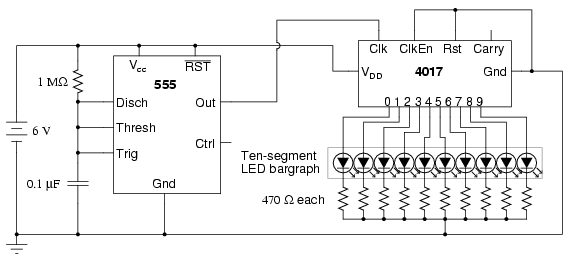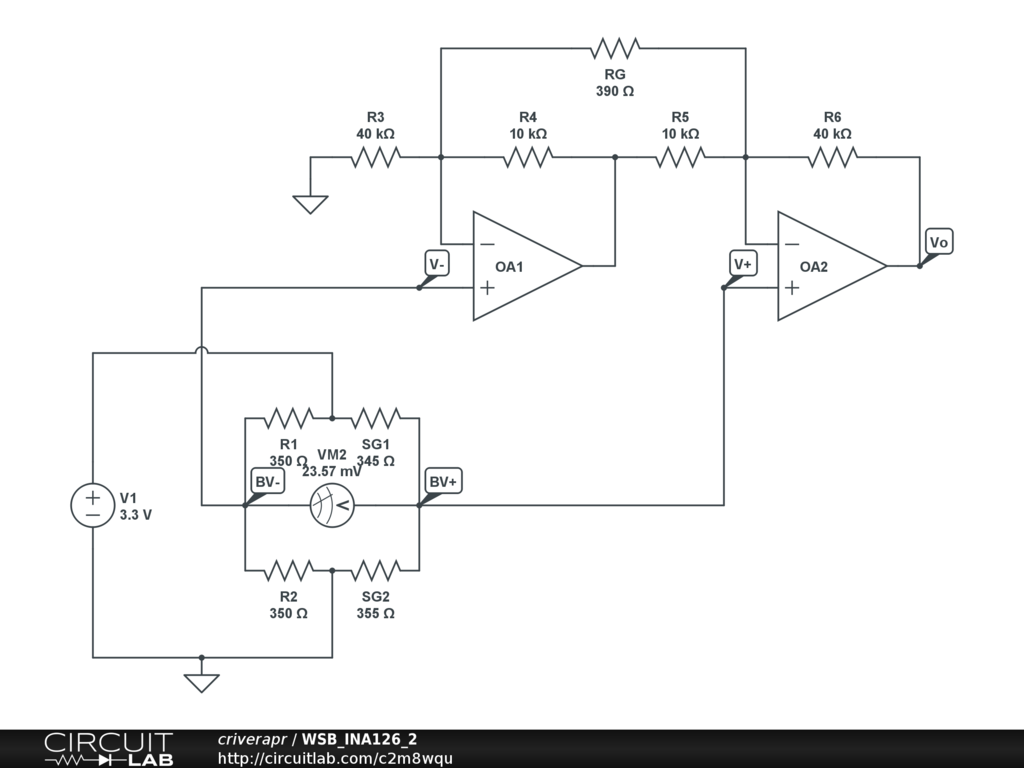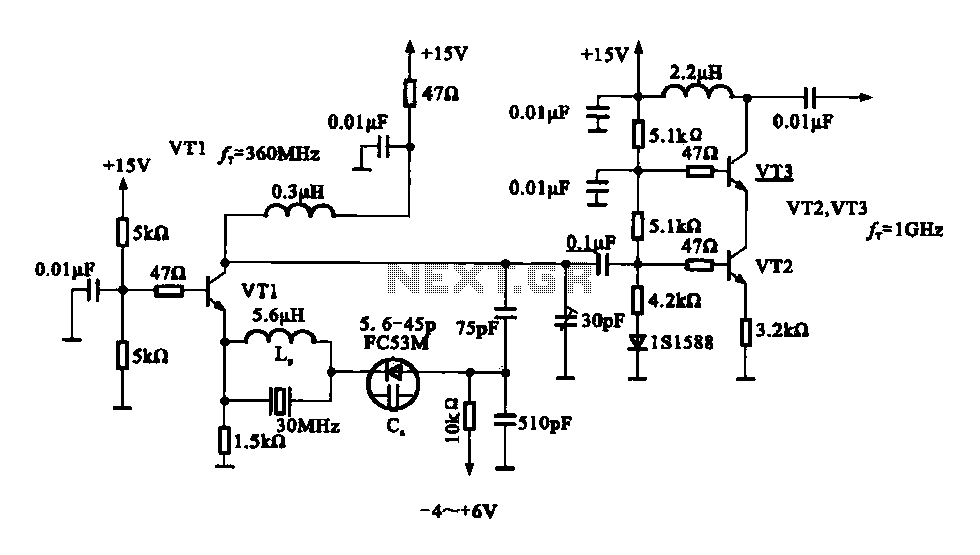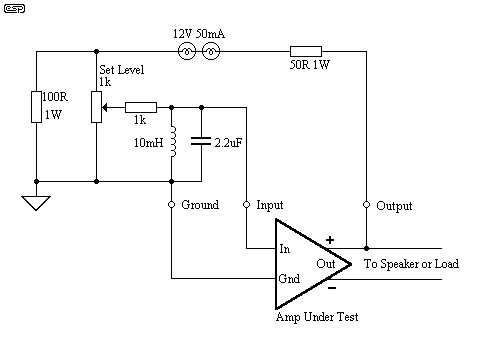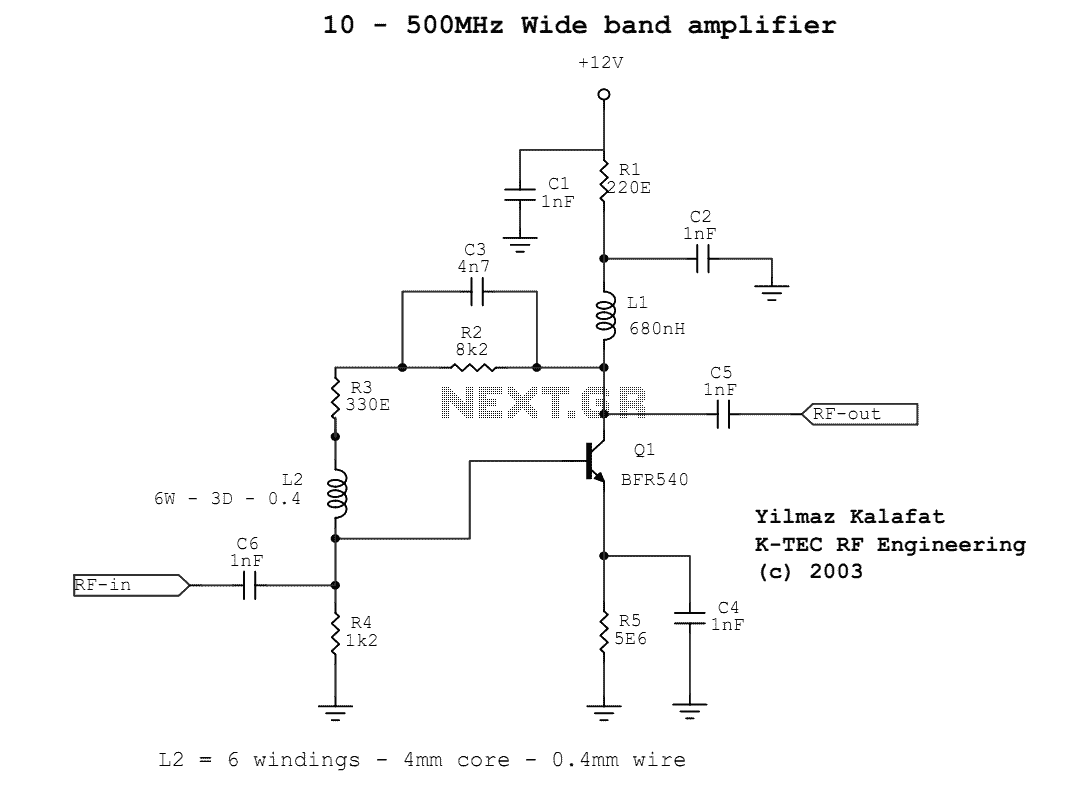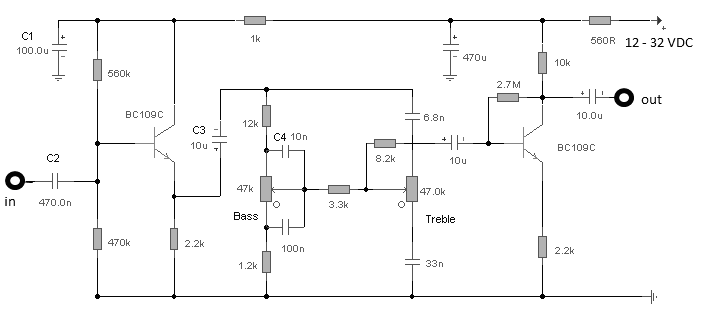
Common Base vs Common Emitter - Single Transistor Amplifier
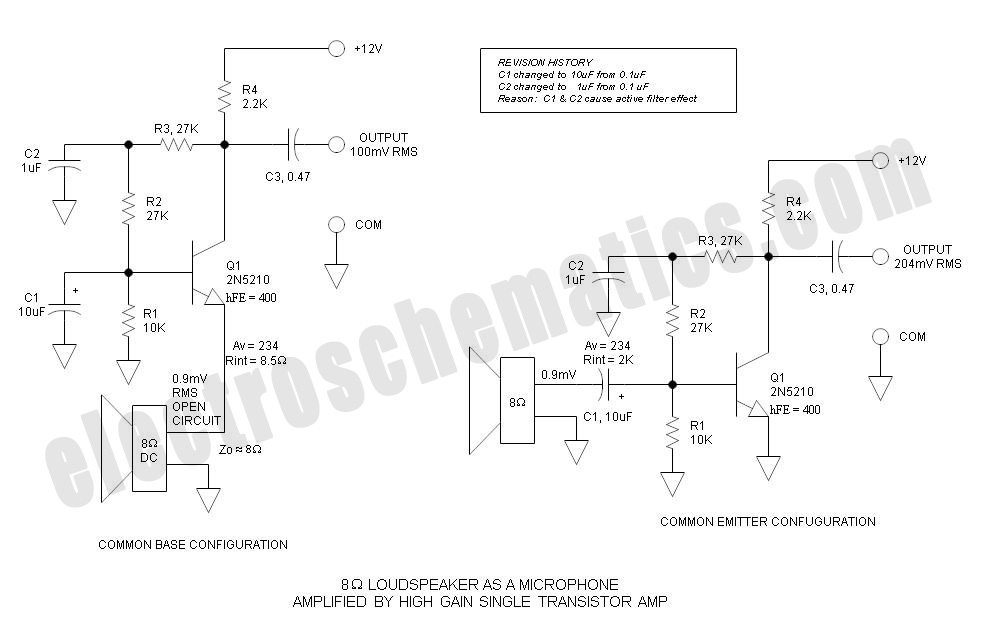
Single Transistor Amplifier Revisited Part 3, Common Base vs Common Emitter Configuration, Update One nagging question that I have long had is this: How do...
The single transistor amplifier is a fundamental building block in electronic circuits, and its configurations—common base and common emitter—serve distinct purposes. The common base configuration is characterized by its input signal applied to the emitter terminal, while the output is taken from the collector. This configuration is known for its high frequency response and low input impedance, making it suitable for applications where these characteristics are essential.
In contrast, the common emitter configuration has the input signal applied to the base terminal, with the output taken from the collector. This configuration is widely used due to its ability to provide voltage gain and phase inversion, making it ideal for various amplification tasks in audio and radio frequency applications. The common emitter setup typically exhibits higher input impedance and lower output impedance compared to the common base configuration.
When comparing the two configurations, it is important to consider parameters such as voltage gain, current gain, and bandwidth. The common emitter configuration generally offers greater voltage gain, while the common base configuration excels in high-frequency applications due to its lower capacitance effects. Each configuration has its advantages and is chosen based on the specific requirements of the circuit design.
In practical applications, careful consideration of biasing, load resistance, and coupling methods is essential to optimize performance and stability. The choice between common base and common emitter configurations ultimately depends on the desired application, whether it be for signal amplification, impedance matching, or frequency response optimization.Single Transistor Amplifier Revisited Part 3, Common Base vs Common Emitter Configuration, Update One nagging question that I have long had is this: How do.. 🔗 External reference
The single transistor amplifier is a fundamental building block in electronic circuits, and its configurations—common base and common emitter—serve distinct purposes. The common base configuration is characterized by its input signal applied to the emitter terminal, while the output is taken from the collector. This configuration is known for its high frequency response and low input impedance, making it suitable for applications where these characteristics are essential.
In contrast, the common emitter configuration has the input signal applied to the base terminal, with the output taken from the collector. This configuration is widely used due to its ability to provide voltage gain and phase inversion, making it ideal for various amplification tasks in audio and radio frequency applications. The common emitter setup typically exhibits higher input impedance and lower output impedance compared to the common base configuration.
When comparing the two configurations, it is important to consider parameters such as voltage gain, current gain, and bandwidth. The common emitter configuration generally offers greater voltage gain, while the common base configuration excels in high-frequency applications due to its lower capacitance effects. Each configuration has its advantages and is chosen based on the specific requirements of the circuit design.
In practical applications, careful consideration of biasing, load resistance, and coupling methods is essential to optimize performance and stability. The choice between common base and common emitter configurations ultimately depends on the desired application, whether it be for signal amplification, impedance matching, or frequency response optimization.Single Transistor Amplifier Revisited Part 3, Common Base vs Common Emitter Configuration, Update One nagging question that I have long had is this: How do.. 🔗 External reference
